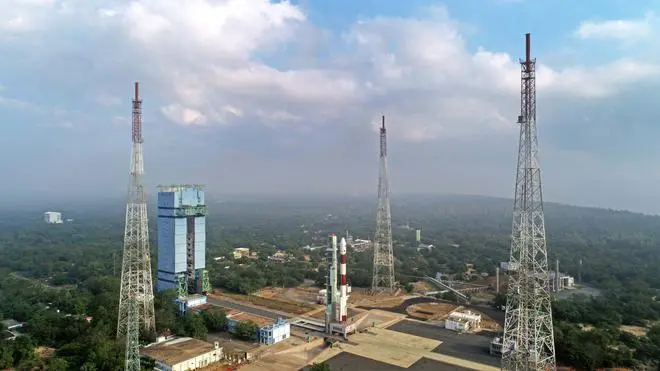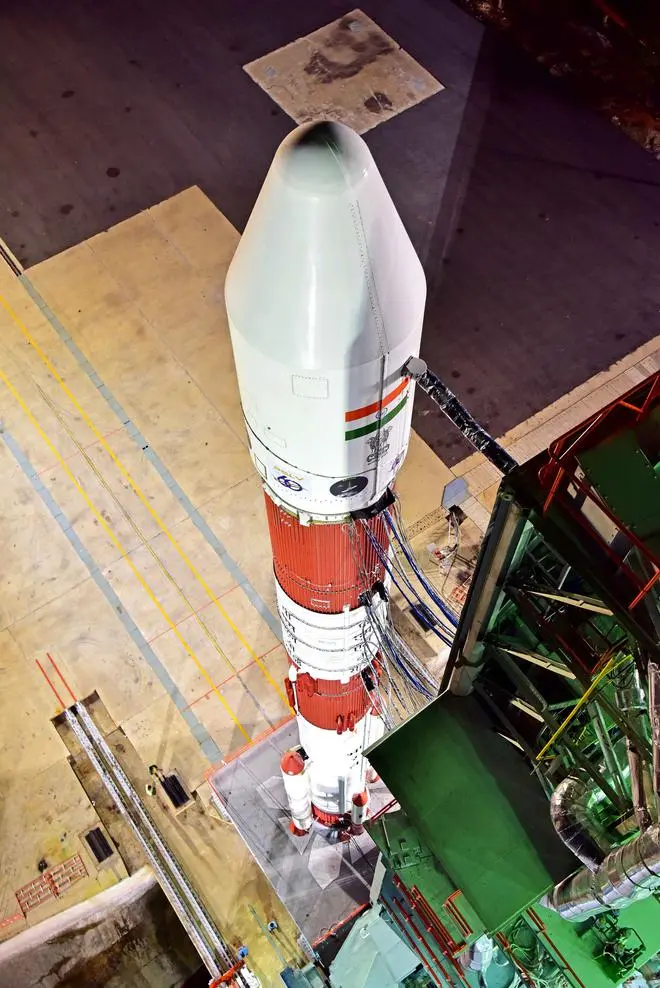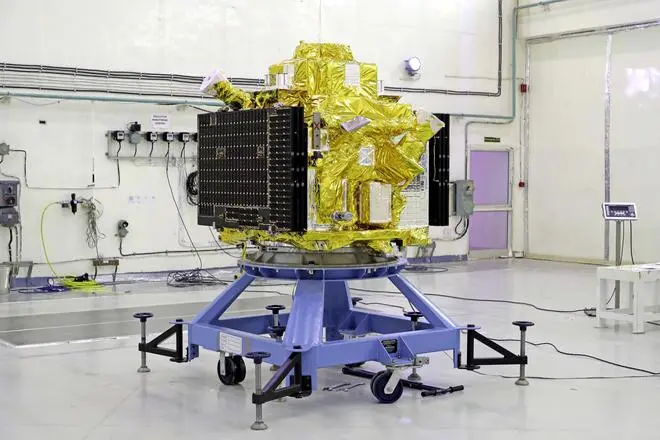The Indian Space Research Organisation (ISRO) will commence the year 2024 with the launch of the XPoSAT (X-ray Polarimeter Satellite) on the first day of the year. This will be done after a successful 2023 where the research organisation created history with the successful launch of Chandrayaan-3 followed by the first solar mission - Aditya-L1.
ISRO in Twitter just confirmed that the launch of the XPoSat is scheduled on January 1, 2024, at 09:10 am from the first launch-pad, SDSC-SHAR, Sriharikota.

ISRO’s PSLV-C58 Mission will launch XPoSAT in to an Eastward low inclination orbit. After injection of the satellite, the PS4 stage will be re-started twice to reduce the orbit in to 350 km circular orbit to maintain in 3-axis stabilised mode for Orbital Platform (OP) experiments. The PSLV Orbital Experimental Module-3 experiment will be executed meeting the objective of 10 identified payloads, supplied by ISRO and IN-SPACe.
- Also Read: India planning to launch 50 satellites for intelligence gathering in five years: ISRO chief
First from ISRO
XPoSAT is the first dedicated satellite from ISRO to carry out research in space-based polarisation measurements of X-ray emission from celestial sources. The satellite configuration is modified from the MIS-2 bus platform. The configuration of the mainframe systems are derived based on the heritage of Indian Remote Sensing satellites. It carries two payloads - POLIX (Polarimeter Insttrument in X-rays) and XSPECT (X-ray Spectroscopy and Timing). The POLIX is realised by Raman Research Institute, Bengaluru, and XSPECT is by Space Astronomy Group of UR Satellite Centre, Bengaluru, said ISRO.
Mission’s objective

The objective of the mission are to measure polarisation of X-rays in the energy band 8-30 keV emanating from about 50 potential cosmic sources through Thomson Scattering by POLIX payload. The mission will carry out long term spectral and temporal studies of cosmic X-ray sources in the energy band 0.8 - 15 keV by XPECT payload. It will also carry out polarisation and spectroscopic measurements of X-ray emissions from cosmic sources by POLIX and XSPECT payloads respectively in the common energy band, said ISRO.
Scientific goals
The mission’s scientific goals are to study the distribution of magnetic field, geometric anisotropies, alignment with regard to line of sight, nature of accelerator in galactic cosmic X-ray sources by measuring degree of polarisation and its angle. It will undertake a detailed understanding of galactic black hole binary sources; study and confirm about production of X-ray is either from polar cap of neutron star or outer cap of pulsar maggnetosphere.
PSLV Milestone
The launch is also significant as it will be the 60th launch using ISRO’s workhorse - Polar Satellite Launch Vehicle. It will be the fourth launch using the PSLV-DL variant - the Dual Launch is equipped with two solid-on boosters with 12 tonne propellant load on them.

The PSLV, the third generation launch vehicle of India, was the first Indian launch vehicle to be equipped with liquid stages. After its first successful launch in October 1994, the PSLV emerged as a reliable and versatile workhorse launch vehicle of India.
Besides, the vehicle successfully launched two spacecraft Chandrayaan-1 in 2008 and Mars Orbiter Spacecraft in 2013 that later travelled to Moon and Mars respectively. Chandrayaan-1 and MOM were feathers in the hat of PSLV. The long string of consecutive successes and multi-satellite launch capability has reinforced the status of PSLV as a reliable, versatile and affordable launcher in the global market.








Comments
Comments have to be in English, and in full sentences. They cannot be abusive or personal. Please abide by our community guidelines for posting your comments.
We have migrated to a new commenting platform. If you are already a registered user of TheHindu Businessline and logged in, you may continue to engage with our articles. If you do not have an account please register and login to post comments. Users can access their older comments by logging into their accounts on Vuukle.